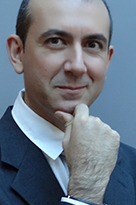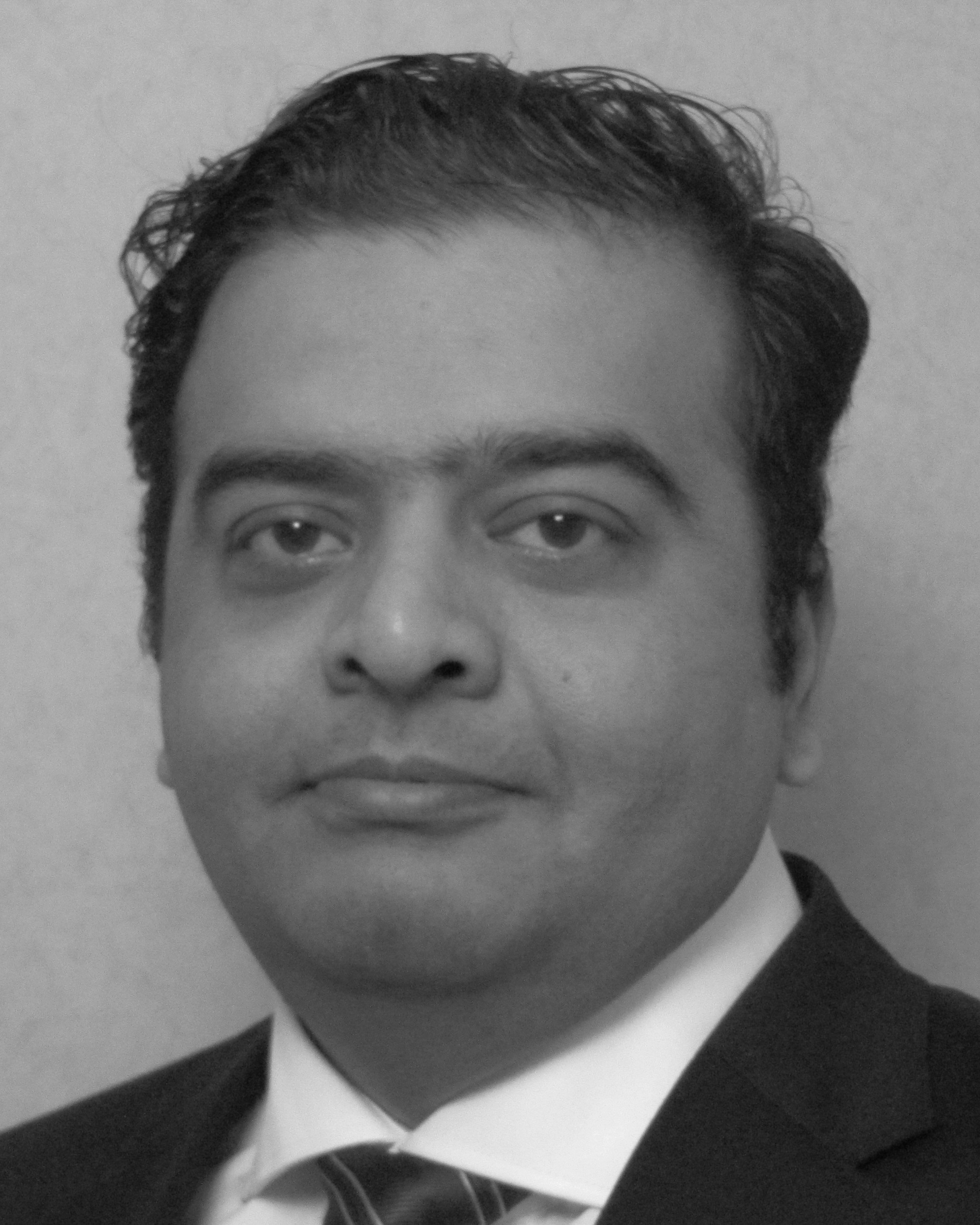Title
Multi-viewpoint and overlays in the MPEG OMAF standard
Abstract
Recent developments in immersive media have made possible the rise of new multimedia applications and services that complement the traditional ones, such as media streaming and conferencing. Omnidirectional video (a.k.a. 360-degree video) is enabling one of such new services that are progressively made available also by large media distribution portals (e.g., YouTube). With the aim of creating a standardized solution for 360-degree video streaming, the Moving Picture Experts Group (MPEG) has developed the Omnidirectional MediA Format (OMAF) second edition, or version 2, which is close to completion. The major new features of OMAFv2, compared to the first version, include (but are not limited to) the capability of using overlays and multiple omnidirectional cameras situated at different physical points (i.e., viewpoints). This paper focuses on the description of two of the new OMAFv2 features, the overlays and the multi-viewpoints, including the 360-degree video use cases enabled by these two features.
Keywords
Immersive media, MPEG OMAF, multimedia streaming, multi-viewpoints, omnidirectional video, overlays.
Authors
 Igor D.D. Curcio
Igor D.D. Curcio
Nokia Technologies, Finland
Igor D.D. Curcio, received a Ph.D. degree in Signal Processing from Tampere University of Technology (Finland). In 1998 he joined Nokia. He is now Bell Labs Distinguished Member of Technical Staff at Nokia Technologies, and has been Lecturer in Video Compression at Tampere University of Technology in 2012-2016. Since 1999 Dr. Curcio has been active in 3GPP, MPEG, DLNA, IETF, ARIB where he also covered sub-working group and task forces Chair positions, and (co-)authored over 250 standardization contributions. Dr. Curcio holds about 300 international granted patents, and several are currently pending. He is ACM member since 1990, and IEEE member since 1991. He published over 80 papers in the areas of Mobile Media Applications and Services. Dr. Curcio is currently ATE of the IEEE Communications Magazine, AE of IEEE Communications Surveys & Tutorials, Computer Communications, Internet Technology Letters and Journal of Electronic Imaging. He also served in the organizing committees and TPCs of several international IEEE and ACM conferences. Dr. Curcio’s current interest include immersive media services and standardization of omnidirectional video communication protocols in MPEG and 3GPP.

Sujeet S. Mate
Nokia Technologies, Finland
Sujeet S. Mate received his M.S. in Electrical Engineering from The University of Texas at Dallas and Ph.D. from the Tampere University of Technology, in 2003 and 2017, respectively. He is with Nokia as a Principal Researcher, has worked in the areas of end-to-end multimedia systems, multimodal and crowd-sourced sensing, distributed audio capture and real-time media transport (e.g., video conferencing, social television). He has co-authored over 70 contributions to standards organizations (ISO/IEC MPEG, 3GPP SA4) and over 20 academic publications. He has over 30 international patents and over 130 patent applications. His current research interests include immersive volumetric audio, immersive audio-visual systems in AR/VR (both, streaming and conversational) and cloud based processing of media.
Kashyap Kammachi Sreedhar
Kashyap Kammachi Sreedhar received his Bachelor of Engineering (B.E., 2009) in Telecommunication from Visvesvaraya Technological University (VTU), Karnataka, India. He received his Master of Science (M.Sc., 2016) in Information Technology majoring in Signal processing from Tampere University of Technology (TUT), Tampere, Finland. He is currently (from 2016) a Senior researcher in Media Technology Research Lab at Nokia Technologies, Tampere, Finland. Before joining Nokia Technologies he worked at Orange Business Services, France Telecom Group (2009 - 2013) as Senior System Engineer in Bengaluru, India and as Research Assistant in Signal Processing department from 2014-2016 in TUT, Tampere, Finland. He has co-authored in many conference and journal papers and standardization contributions. He is an active participant in several video and system standards including H.266/VVC, ISO Base Media File Format, Omnidirectional Media Format and Network Based Media Processing.